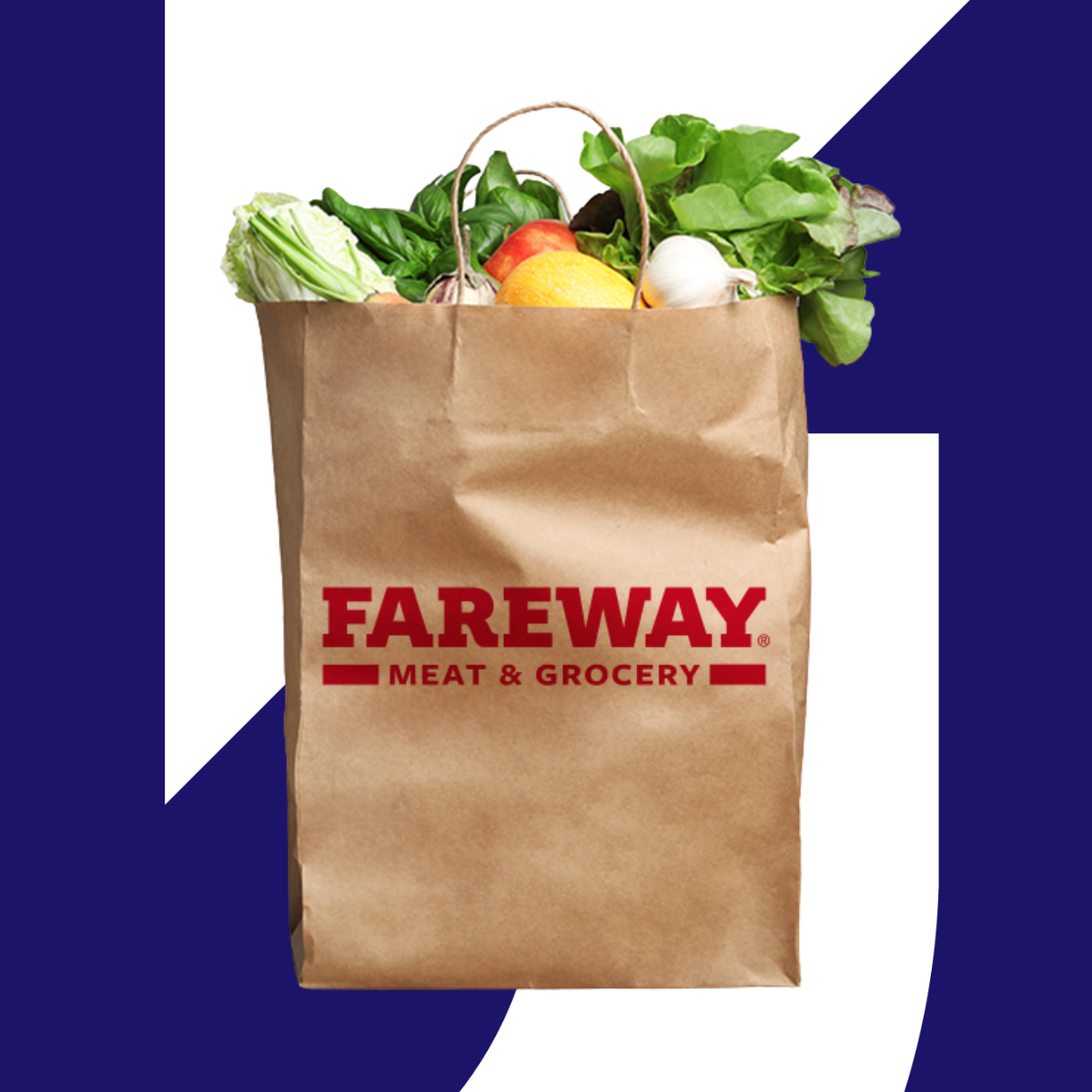Cash back at supermarkets

The Upside Team
Cash-back programs at supermarkets give retailers a powerful way to influence where consumers shop while protecting profit. By offering personalized cash-back promotions, grocery stores can attract new customers, encourage repeat visits, and drive incremental transactions — all without eroding margins. Unlike one-size-fits-all discounts, these targeted programs reward the right shoppers at the right time, ensuring every dollar spent on cash back contributes measurable value to your business.
Discover how personalized promotions outperform traditional retail customer acquisition strategies by driving measurable incremental transactions instead of just impressions or clicks.
How grocery stores drive incremental profit with cash back
Cash-back programs at grocery stores operate through personalized offers that influence where consumers shop for groceries. This approach uses transaction data to measure which purchases represent new business versus sales that would have happened anyway, allowing retailers to track the actual impact of their cash back investments.
Explore which grocery cash-back approaches deliver the highest returns on everyday shopping trips across different store categories.
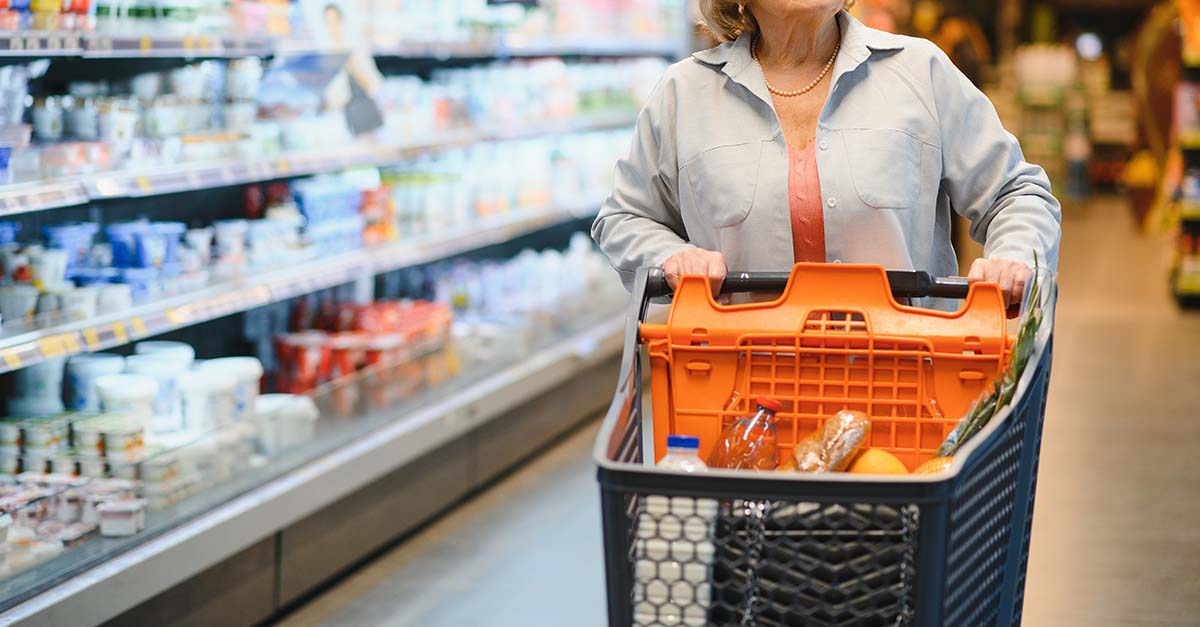
What grocery store cash-back offers accomplish
Cash-back programs at grocery stores drive measurable incremental profit by delivering personalized rewards that influence shopper behavior. Offers are tailored to each consumer based on purchase history and shopping patterns, ensuring the right incentive reaches the right customer at the right time.
How personalization works for your store:
- Frequent shoppers: Smaller rewards help maintain loyalty while ensuring incentives are right-sized for visits that would have happened anyway.
- Infrequent shoppers: Larger incentives encourage them to return more often, generating additional transactions.
- New customers: Higher cash-back amounts motivate first-time visits, turning new traffic into lasting business.
- Regular customers: Consistent rewards reinforce repeat visits and strengthen long-term engagement.
Learn how to choose the right cash-back app for groceries that matches individual shopping patterns and maximizes earnings potential.
How cash-back rewards differ from traditional loyalty programs
Cash-back programs complement existing loyalty programs while delivering measurable incremental profit. Loyalty points and discounts build long-term engagement. Cash back offers add a complementary layer by influencing which store a customer chooses in the moment.
This timing difference lets retailers target incentives where they have the greatest impact:
- Loyalty programs reward ongoing customer behavior, encouraging repeat visits.
- Cash-back rewards drive immediate incremental transactions, attracting new customers or motivating infrequent shoppers to return.
By providing rewards after the purchase, cash-back programs preserve your store’s pricing integrity while encouraging additional visits — ensuring every dollar spent on incentives generates measurable value.
How cash back creates a different kind of value than one-size-fits-all discounts
Cash-back grocery rewards and coupons help shoppers save money, but they work in different ways, affecting the overall shopping experience. Many consumers prefer cash-back programs because of how the rewards are structured and delivered.
Cash-back advantages over coupons include:
- No upfront planning required: Shoppers don't need to clip, organize, or remember to bring anything to the store.
- Rewards come after purchase: Consumers pay regular prices and receive money back later, making the savings feel like a bonus.
- Works on any payment method: Cash-back programs typically work with credit cards, debit cards, or mobile payments without restrictions.
- No expiration pressure: Unlike coupons with expiration dates, cash-back earnings often accumulate over time, giving shoppers flexibility in how they use rewards. Small amounts build into meaningful rewards that can be used for any future purchase.
Types of cash-back programs at grocery stores
Grocery retailers can reach consumers through multiple cash-back channels, and when combined strategically, these programs drive measurable incremental profit. Personalized offers delivered across different platforms allow stores to influence shopping behavior and maximize return on every incentive dollar.
Mobile apps and digital cash-back platforms
Mobile cash-back apps connect grocery stores with millions of consumers, delivering personalized offers that influence where shoppers choose to make purchases. Offers are automatically tailored based on individual shopping patterns, ensuring incentives target the customers who are most likely to generate incremental transactions.
Many platforms also span categories beyond groceries, including fuel, restaurants, and everyday purchases. This multi-category reach gives retailers an opportunity to attract consumers whose routines involve multiple stops, increasing the likelihood that shoppers choose your store over competitors.
Credit card and cash-back reward combinations
Offering cash-back rewards positions your store as the preferred choice for value-conscious customers who want to maximize their savings. When shoppers can earn cash back from your store in addition to their credit card rewards, it creates a competitive advantage that drives incremental visits and measurable sales growth.
Benefits of stacking cash-back with credit cards:
- Double rewards on every purchase: Earn credit card cash-back plus store cash-back on the same transaction.
- No impact on existing benefits: Credit card rewards continue working exactly as before.
- Amplified savings for regular shoppers: Frequent grocery shoppers see the biggest impact from combining both reward types.
- Works with any credit card: Store cash-back programs typically accept all major credit and debit cards.
- Maximizes purchasing power: Price-sensitive shoppers can earn more total rewards without changing their spending habits.
Integrating cash back with store loyalty programs
When cash-back programs are combined with existing loyalty programs, grocery retailers can increase visit frequency and drive incremental profit. The two approaches complement each other: loyalty programs reward repeat visits and higher spend, while cash-back incentives influence which store a consumer chooses for today’s shopping trip.
By integrating these programs, you ensure that every visit contributes measurable value. Consumers continue earning loyalty rewards for their ongoing business, while cash-back offers attract new or infrequent shoppers, turning additional traffic into incremental revenue all within your available profit margins.
Upside's approach to grocery store cash-back programs
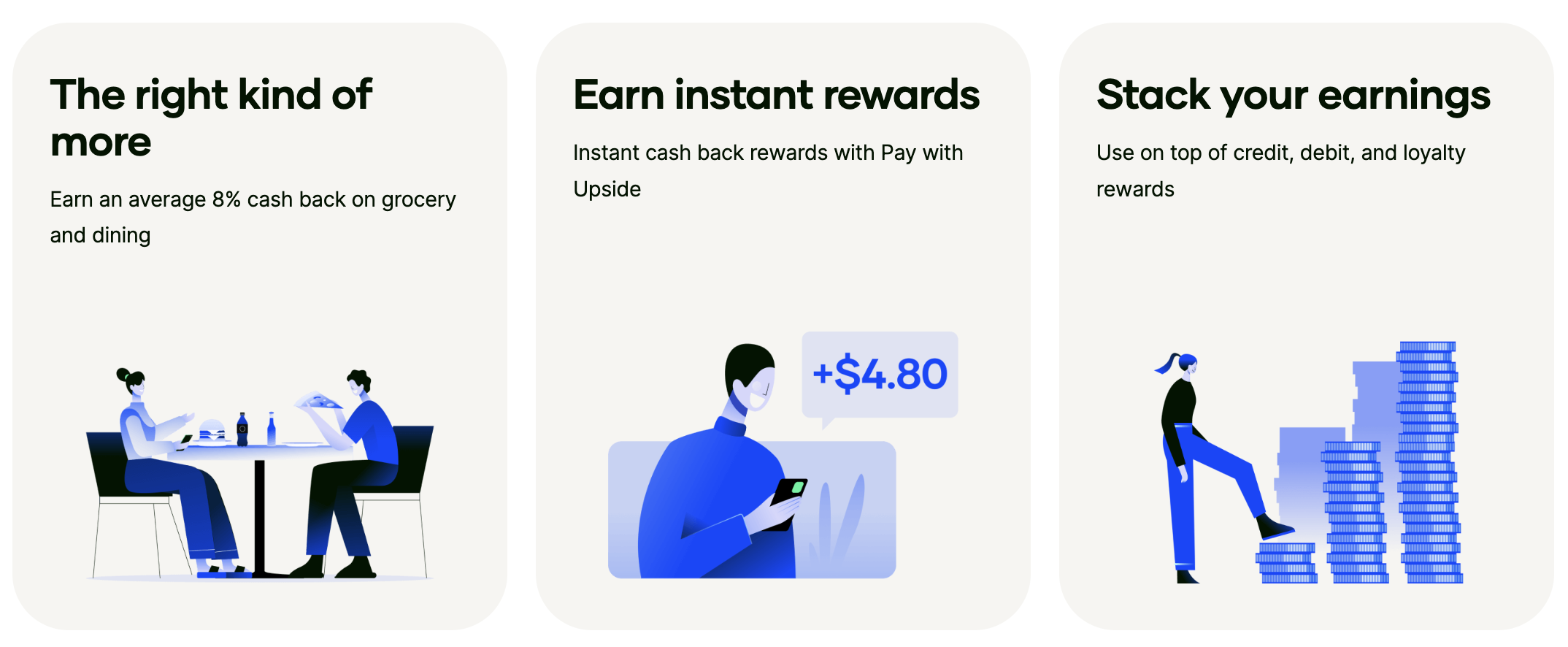
Upside offers reach 35 million consumers through personalized cash-back promotions. The platform uses a performance-based model where retailers only pay for proven incremental transactions, ensuring cash-back programs remain profitable.
Consumers earn cash-back on grocery purchases through the Upside mobile app, while proprietary measurement methodology tracks which transactions represent new business versus expected sales. Learn how Upside's cash-back programs could benefit your grocery business by requesting a demo.
Frequently asked questions
How does cash back at supermarkets actually increase store profits?
Cash back at supermarkets increases store profits by driving incremental transactions from customers who would have shopped elsewhere, with retailers only paying when proven new sales occur. The profit-share model ensures grocery stores always earn more in additional revenue than they spend on cash-back rewards, making every program dollar measurably profitable.
Can grocery stores offer cash back without changing their current operations?
Grocery stores can offer cash-back programs without any operational changes by using existing transaction data and maintaining their current point-of-sale systems. The programs work in the background through digital platforms, without changing the way you do business or impacting existing program performance, while complementing existing loyalty programs and marketing efforts.
What makes cash back different from traditional grocery store discounts?
Cash back differs from traditional grocery store discounts because customers pay full price initially, preserving brand value while receiving rewards after their transaction. This approach attracts new customers without training existing shoppers to expect lower prices, creating sustainable profit growth by protecting existing margins.
Why do customers choose grocery stores that offer cash-back rewards?
Customers choose grocery stores that offer cash-back rewards because missing out on available cash back feels like losing money when they shop elsewhere. The personalized offers influence shopping decisions by making reward-offering stores feel like the financially smart choice, even when competitor prices are similar.
Share this article:
The Upside team is made up of data scientists and industry experts who are passionate about delivering empowering content to our readers. With a focus on providing practical insights and meaningful perspectives, we create engaging materials across a wide range of topics. From exploring industry trends and offering expert analysis to sharing useful tips and inspiring ideas, our team works diligently to provide you with the information you need to thrive.
Request a demo
Request a demo of our platform with no obligation. Our team of industry experts will reach out to learn more about your unique business needs.





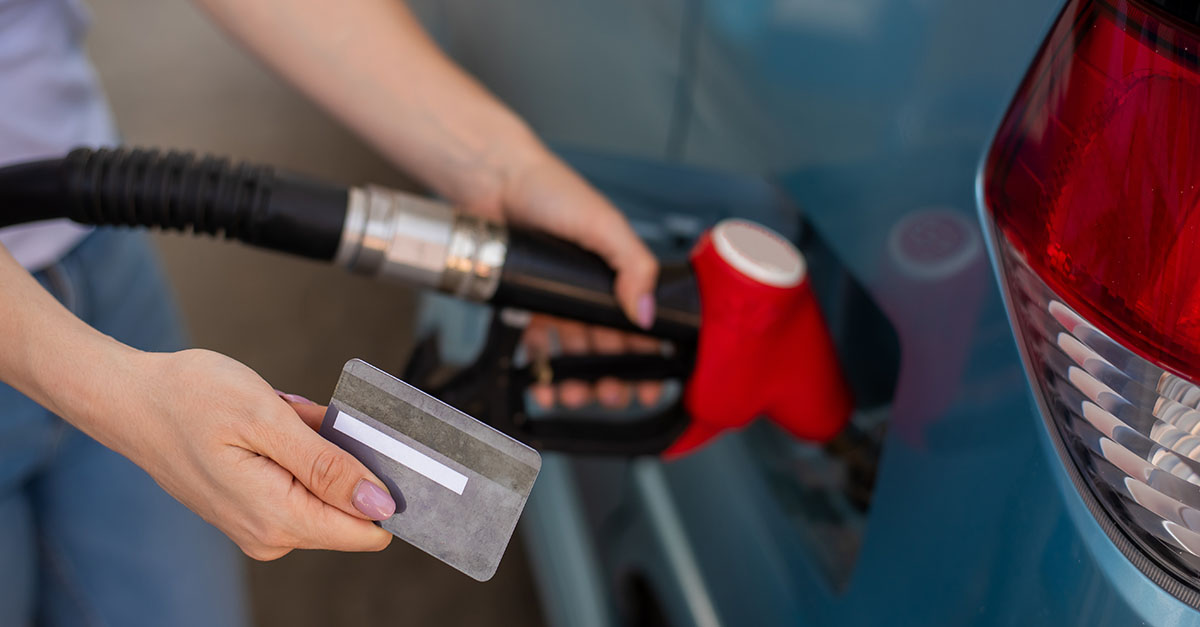

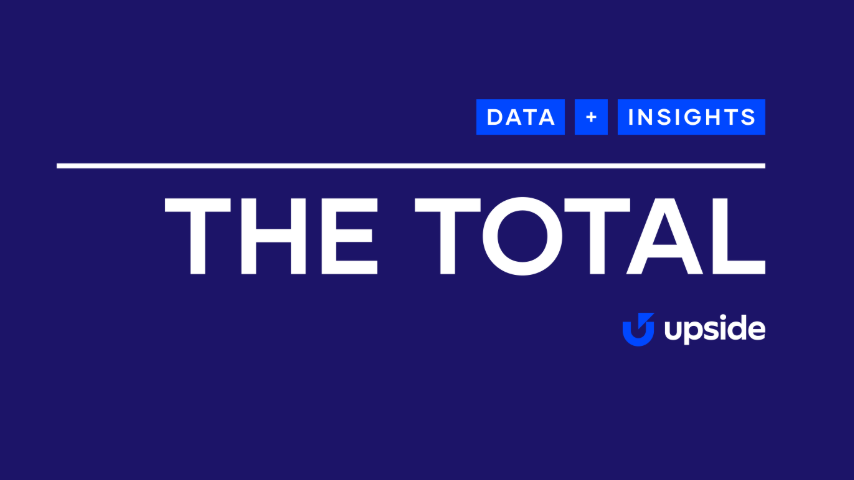

.png)

